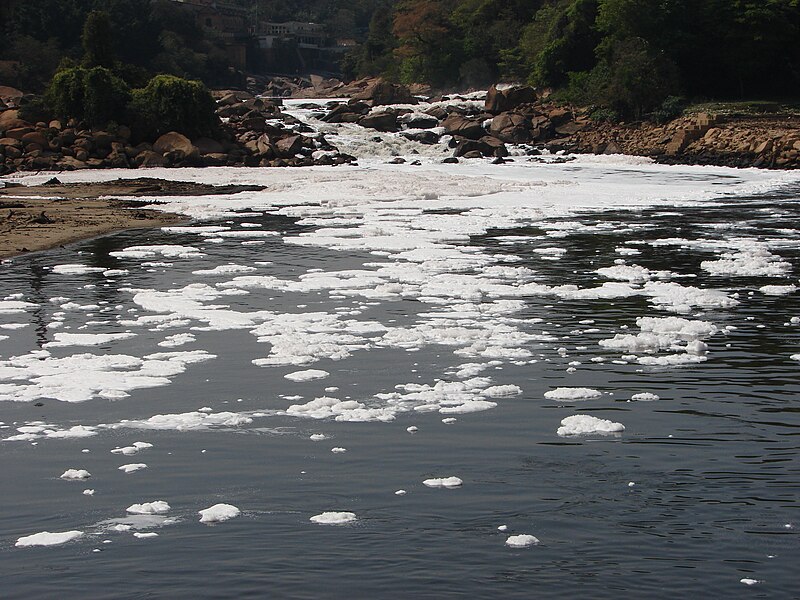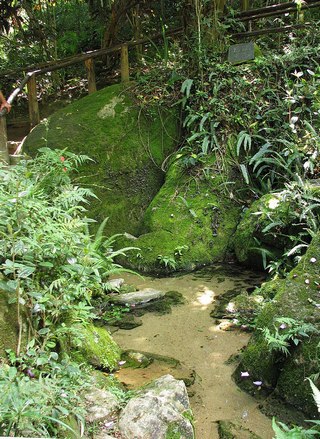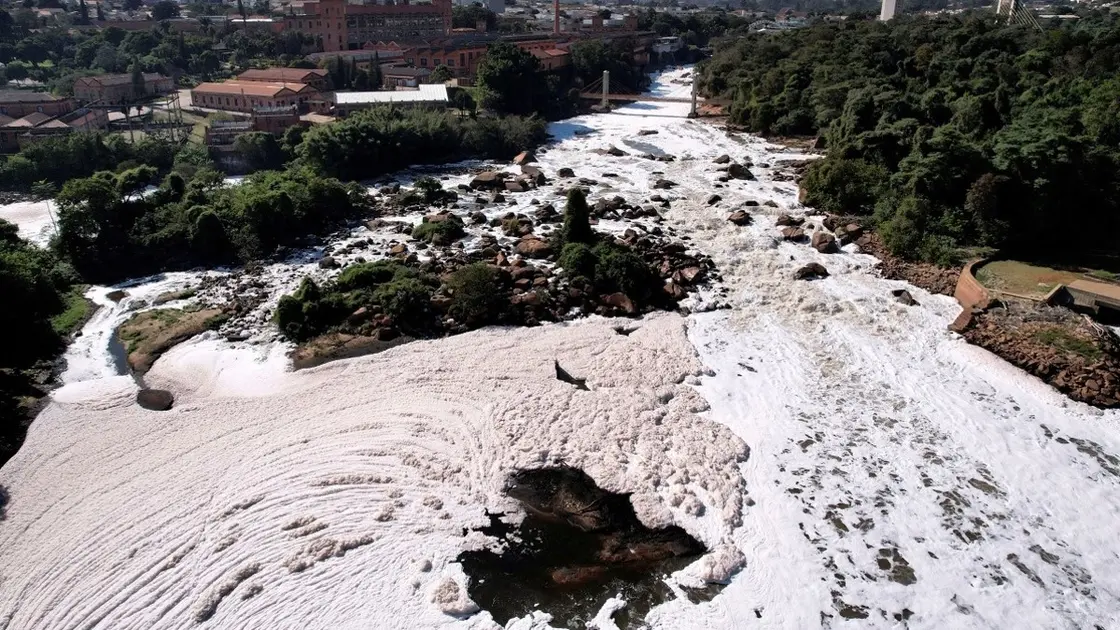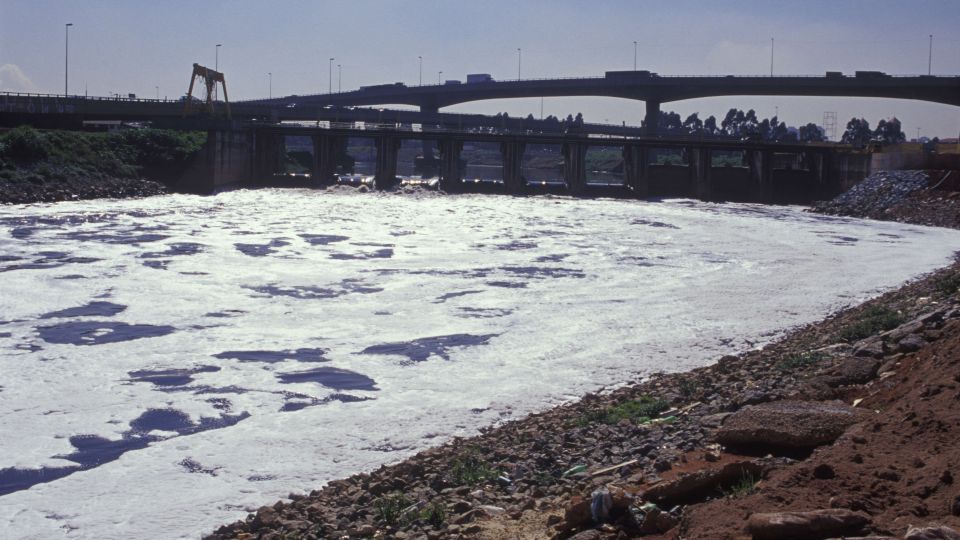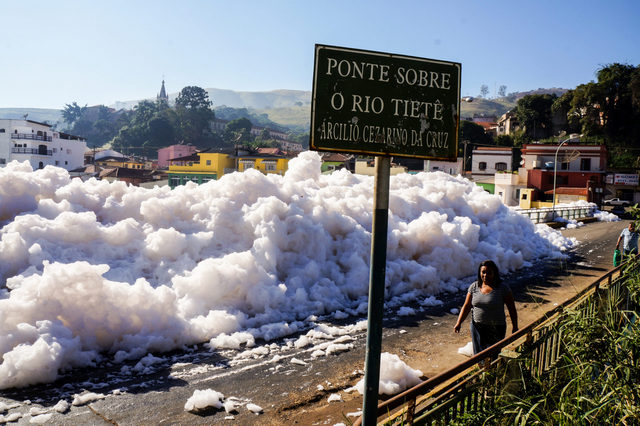
Problems
Causes of water pollution Tiete River
The Tieté River is the largest in Brazil's most prosperous state, São Paulo, with a total length of 1,100 kilometers. The Tiete River has been heavily polluted for several decades. The river has been affected by industrial waste, sewage, and agricultural runoff, leading to a decline in water quality and loss of biodiversity. ● One of the primary sources of pollution in the Tiete River is untreated sewage. Many cities along the river, including Sao Paulo, discharge their untreated wastewater directly into the river leading to high levels of fecal coliform bacteria and other harmful pollutants. ● Industrial waste is another significant contributor to water pollution in the Tiete River. Industries along the river, such as textile factories, paper mills, and chemical plants, often discharge their waste directly into the water. This waste can contain heavy metals, pesticides, and other toxic substances that can have severe health impacts on humans and wildlife. ● Agricultural runoff is also a significant contributor to water pollution in the Tiete River. Using pesticides and fertilizers on crops can lead to high levels of nutrients in the water, which can cause algae blooms and harm aquatic life. The Tiete River's pollution has significantly impacted the environment and public health. The river is no longer safe for swimming or fishing, and many fish and other aquatic life species have disappeared. Additionally, the pollution of the river has had economic impacts, as it has affected the availability of clean water for human consumption and agricultural use. Environmentalists warn that if the Tiete is not cleaned up, it will become an environmental disaster.
Health effects of water pollution Tiete River
The pollution is depleting the oxygen in the river, making it hard for wildlife to recover. There are also fears that it may cause respiratory ailments for people living along the Tiete.
Gallery
5Timelines
2023
July 08
Thick clouds of toxic foam covered the Tiete River Drone images showed clouds of foam floating on a stretch of the Tietê River in the town of Salto, which is the largest river in the town, and it covers more than a thousand kilometers, passing the state from east to west.
2021
October
The unpleasant pollution is depleting the oxygen in the river, making it hard for wildlife to recover. Toxic foam covered the Tiete River in Sao Paulo, Brazil. It’s made up of runoff and chemicals that have been collecting upriver for months. When a hydroelectric company opened a dam’s floodgates, it released all that accumulated pollution downstream. The foam has clogged waterways and killed aquatic life, including thousands of fish. Not surprisingly, it doesn’t smell very good either, as it carries a toxic, sulfurous odor.
2010
September
National Geographic identified the river as the most polluted in Brazil. Several species from the Tietê River are considered threatened, and one of these, the catfish Heptapterus multiracials, is possibly already extinct.
1990
The Atlantic Forest Rescue Foundation monitors the Tiete River and has taken the initiative to clean up the Tiete River.
1954
The source of the Tiete River was discovered and officially declared the start of the Tiete River. Later the area was made into a state park. Drinking and taking home samples of the water is a must for most visitors.
1920
The environmental degradation of the Tietê River started subtly with the construction of the Guarapiranga Reservoir. This intervention altered the regime of the waters in the capital.
